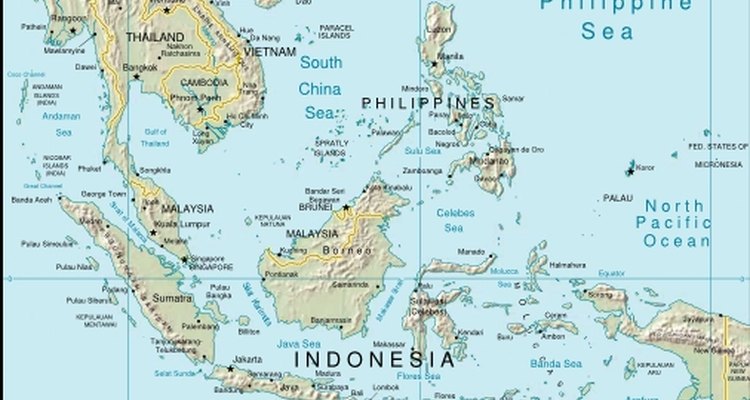
Southeast Asia includes Vietnam, Malaysia, the Philippines and Singapore. While Southeast Asians have some staples in common, each country has its own diet. Culture and regions determine food choices and availability. The World Health Organization (WHO) recognizes nutritional advances and challenges in Southeast Asia.
Rice and Fruit
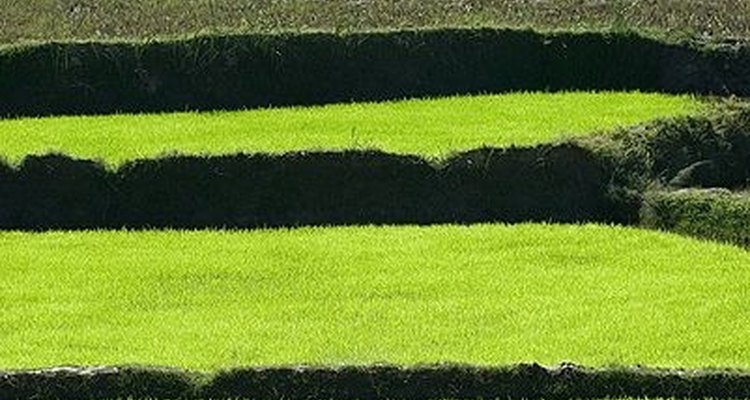
While each Southeast Asian country has distinctive foods, rice is a common staple throughout Asia. Asians use rice to help stave off famine. Asians consume rice daily as side and main dishes, in fermented drinks and in deserts and candy. Asians offer rice in gratitude for good harvests.
Fruits are common as well, especially in Southeast Asia. In Vietnam and the Philippines, inhabitants use mango in deserts, sauces and relishes, such as chutneys. Coconuts are are plentiful all over Asia. In the Philippines, people drink coconut milk and add it to curries.
Vietnam

In Vietnam, citizens supplement rice with vegetables and eggs. According to Healthline, Vietnamese cooks use soy sauce and fish sauce (nuocmam) to season foods. Noodles with meat are cooked in Pho, a Vietnamese soup. Vietnamese eat fruit with nearly every meal. People enjoy tropical fruits such as bananas, papayas and pineapple. Coffee and green tea are popular beverages in Vietnam.
The Philippines
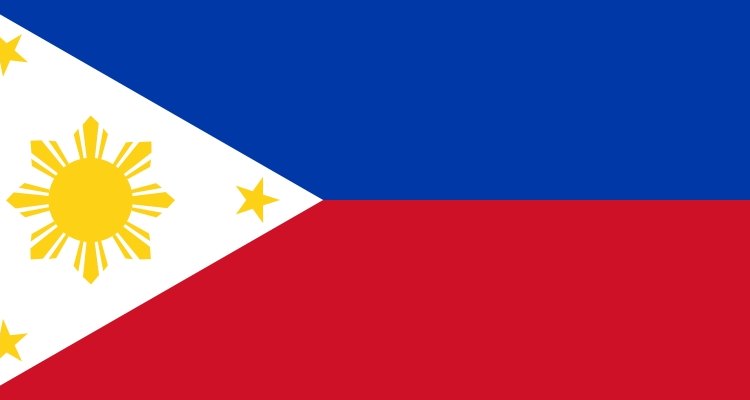
In the Philippines, diet reflects the country's multi-faceted cultural mix. Malay, Spanish, Japanese, Chinese, Islamic and American influences are represented in the diet of the Philippines. Eating four meals daily, Filipinos eat noodles, called Pancit, sweet sponge and rice cakes, as well as rice, meat and vegetables. Popular vegetables include spinach, broccoli and bean sprouts. Filipinos mainly eat meat, especially pork. According to Healthline, foods most eaten in the Philippines include rice, sugarcane, bananas, coffee and pineapples.
Malaysia and Singapore

With Indian, Muslim and Chinese heritages, diet in Malaysia and Singapore tends to be spicy. Most popular foods include Chinese, Indian, Indonesian and some Western offerings. According to Healthline, residents of Malaysia and Singapore eat nonya, a Malaysian blend of regional Chinese ingredients, Malaysian satays, spicy meat kabobs, Chinese noodles and spicy curries, such as laksa, a seafood or chicken curry in coconut milk.
Nutrition

The WHO tracks nutritional progress with regard to the reduction of malnutrition in every country. WHO reports that "nutritional disorders such as beriberi and pellagra have virtually disappeared." Southeast Asian residents continue to experience other nutritional disorders, which the WHO considers to be chronic public health problems. Southeast Asians suffer from micro-nutrient deficiencies, including iron, iodine and vitamin A deficiencies.
The WHO refers to NCDs, non-communicable diseases. NCDs are diet-related diseases throughout Southeast Asia that are disabling and even life-threatening. Chronic diseases include, but are not limited to, heart disease, stroke and cancer. Risk factors for what the WHO considers to be a major chronic disease health threat in Southeast Asia include unhealthy diet precipitated by globalization and urbanization. The WHO blames among other causes, "changing dietary habits." Nutritional health problems are expected to increase in years to come.
Related Articles

Asian Secret to Removing Cellulite
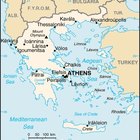
Staple Foods in Greek Culture
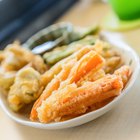
The Samurai Diet

African Food Facts
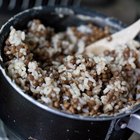
Rice & Lentil Diet

Uses of Cassava Flour
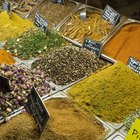
Afghan Spices
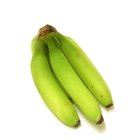
The Most Popular Foods of Puerto Rico
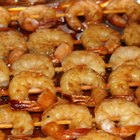
A List of Foods That Contain Choline

Meals for a Lacto Vegetarian

A Low-Cholesterol Diet Plan Menu

The History of Asian Food
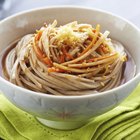
Difference Between Soba and Udon Noodles
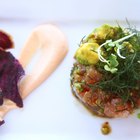
Traditional Hawaiian Diet
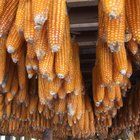
Staple Foods in Africa
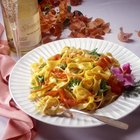
Facts About Italian Cuisine
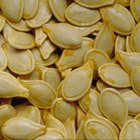
Alkaline & Acidic Foods & Drinks
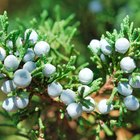
Are Juniper Berries the Same As Capers?
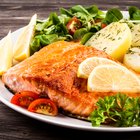
Food Sources of Phosphatidylcholine
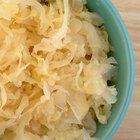
Sauerkraut Diet
Writer Bio
Alyson Paige has a master's degree in canon law and began writing professionally in 1998. Her articles specialize in culture, business and home and garden, among many other topics.